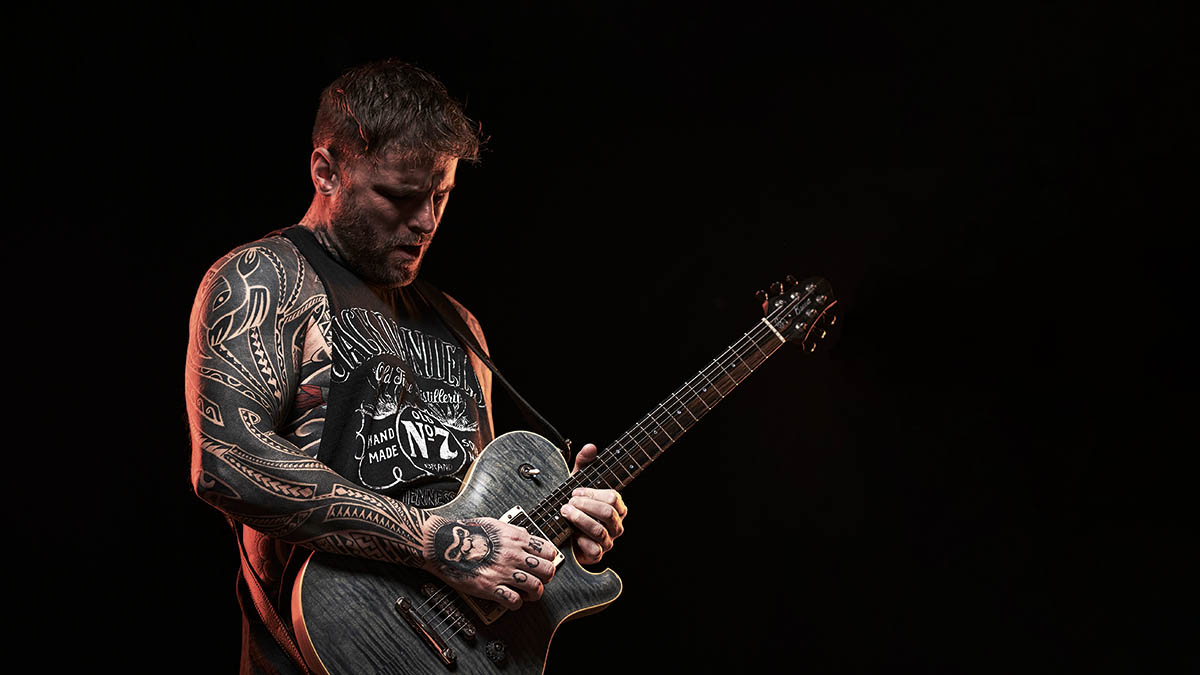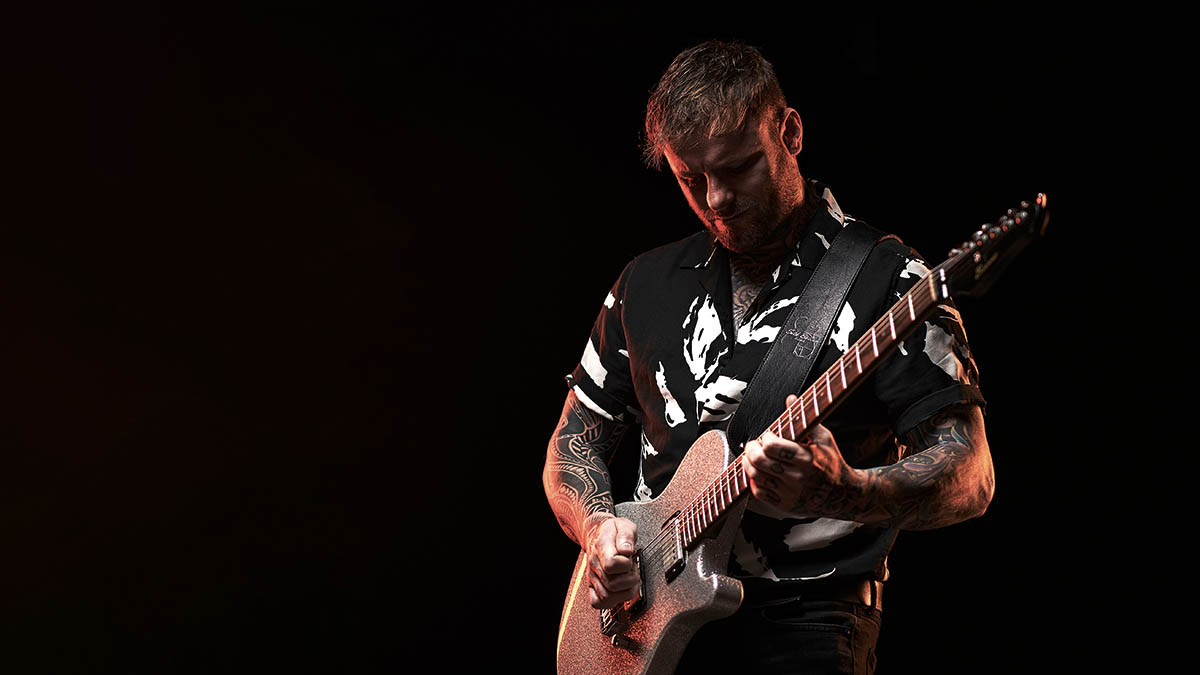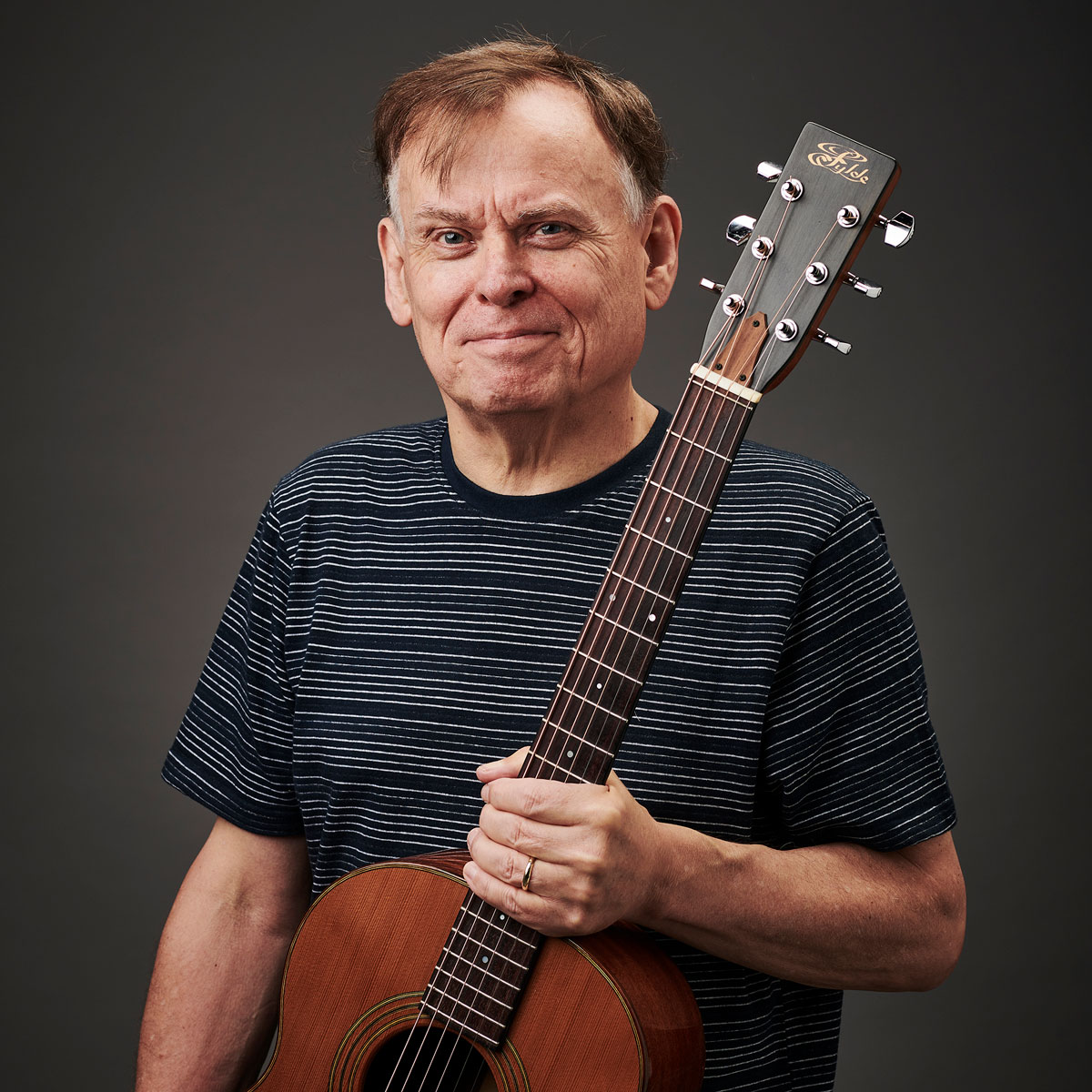Kris Barras: “I love the Kemper live for two reasons: stability and consistency. You’re not relying on whoever’s mic’ing the amps up”
The blues-metal guitar powerhouse details the gear it takes to power his juggernaut band, and how the search for his dream guitar might now be complete

“If I could take anything positive out of the lockdown experience, it was the fact it actually gave me time to spend time on songwriting,” Kris Barras tell us. “The thing is, I’ve toured so much over the past few years I would always have to squeeze the songwriting in.
“But lockdown meant it was literally the only thing I had to do. So it meant I could really hone in on the songs and hone in on the sound. There are some tunes on the album that we rewrote five or six times.
“And while sometimes that can be detrimental because you can overthink things, actually, in this instance, it was always making the songs better. I’m pleased it’s over, but if I had to try and think positively about it, it enabled me to write probably my best album.”
You use a Kemper when you play live, but did you use guitar amps in the studio when you were recording Death Valley Paradise?
“Yeah, I’m a big fan of the Kemper Profiler live – and in the studio, I mean, for demo tracks and stuff like that. But I think sound is a bit easier with amps. You can get lost in a million different sounds, a million different profiles with the Kemper.
“So we used two main amps for the rhythm stuff when we recorded this album: a Cornford Richie Kotzen RK100 – it’s an amazing amp – and then we used an Audio Kitchen [amp] and that was always fried, it would be on its max. We’d use that for a bit more of a fuzzy kind of tone and we’d also load it up with fuzz pedals as well.
“And that was a staple tone for the album, really. We’d have the Cornford on one side and the Audio Kitchen with some kind of fuzziness on the other side. Then for solos I used a Diezel VH4, and those were the three main amps for the album.”
Get The Pick Newsletter
All the latest guitar news, interviews, lessons, reviews, deals and more, direct to your inbox!
Do you use a Cornford amp profile in the Kemper for live work?
“Yeah, we profiled the Cornford and that’s what I use on the Kemper now. I love the Kemper live for a couple of reasons: the stability and the consistency. When you’re playing on bigger stages you’re not really hearing the backline and you’re not relying on whoever’s mic’ing the amps up and having mics falling over or whatever.
I couldn’t tell you what the radius of the fretboards are or anything. If I play something and I like it, that’s cool
“So when we play live, we don’t go for any cabs, we’ll go straight to front-of-house – and I just love it. I love the consistency and I just know that I’ve always got the same sound. It’s not like, ‘Oh, it’s better than having a real amp.’ But I don’t think it’s any worse.
“We profiled the sounds from the Richie Kotzen Cornford amp, did a blind test [between the real amp and the Kemper profile] in the studio – and we all got it wrong. We picked the one that we thought sounded better and it was super close, but everyone always got it wrong.”
What about guitars? Last time we spoke you were using a Telecaster, but you have now switched over to using Seth Baccus guitars.
“The Baccus guitars were custom-made for me to my specifications. And I think when you get something that special that’s built by a master luthier – a one-man work of art – it’s hard to go back to anything else, really. I love the sound, I love the feel, everything about them.
“I’ve known Seth by sight for years, he used to work in Mansons guitar shop, my local big guitar shop, and so he would have seen me there over the years. Then he got in touch and said, ‘I’d like to work with you, is there something we could do?’ And he basically came round to my house and he must have brought about 10 guitars.

“I don’t get too caught up on [the specific detail of] things, like I couldn’t tell you what the radius of the fretboards are or anything. If I play something and I like it, that’s cool. I just tried loads of models and said, ‘I like the neck on that, I like this on that one and that on another…’
“Then we just pieced together my dream guitar and that was my Nautilus. It’s got an ash body that’s been chambered, a maple top, mahogany neck with a streaky ebony fingerboard with super jumbo frets. The pickups are Bare Knuckle: we’ve got a Riff Raff in the bridge, kind of a classic 70s rock ’n’ roll sound, and then a Stormy Monday in the neck. It’s coil-tapped as well, which is something that I was really keen on having.”
You also use a Seth Baccus baritone…
“Yeah, I started writing a lot more songs on a baritone guitar. I had the PRS SE 277 baritone and then I spoke to Seth about him building me a baritone. We kept a lot of specs the same [as the Nautilus custom build], but it’s a slightly different guitar – it’s not a chambered body, the body is slightly different.
“It’s not got a carved top, but it’s the same pickups and obviously a longer neck, being a baritone. I have that tuned to C standard and sometimes drop down to drop Bb. I have my Nautilus tuned to D standard and then we drop down to drop C as well.”
Needless to say, you must be keen to get back on the road…
“Yeah, for me, playing live is the reason I do this. The reason I started the band in the first place was that I just wanted to play my own songs to people that wanted to hear them. And I just can’t wait to get back out there. We had a support tour last September with Black Stone Cherry, and that was amazing.
“There were 15 dates throughout the UK and we got to play the Royal Albert Hall, which was mindblowing. But with a headline tour, it’s different. People have spent their hard-earned money to come and watch you and it’s your name that’s on the ticket. It’s not like you have to win people over, they’ve come to see you and they already know you and like what you do.”
Have you got to the stage where the audience sings along with some of the songs you play?
“Yeah, a couple of songs did fairly well on radio and stuff – like Hail Mary has always had people singing, so that’s been great. There’s a new song on the album called My Parade. We played that live at the Steelhouse Festival last summer and it was the first time anyone would have heard it and it’s got a big singalong chorus.
“I wrote the chorus first on a plane. I wanted a big chorus and I came up with the melody line. I didn’t have any lyrics yet, but I had a melody and I was humming it into my phone. When we landed at Bristol, I was about two roundabouts out of the airport and the main lyric came to me and I pulled over and I sang it into my phone. And that’s how the song started – November 2019, pre-pandemic.
“When we finished playing it at Steelhouse the crowd carried on singing. It was amazing. It was the first time anyone had ever heard it, and everyone just carried on singing. It was a really special moment.”
- Death Valley Paradise is out now via Mascot.
With over 30 years’ experience writing for guitar magazines, including at one time occupying the role of editor for Guitarist and Guitar Techniques, David is also the best-selling author of a number of guitar books for Sanctuary Publishing, Music Sales, Mel Bay and Hal Leonard. As a player he has performed with blues sax legend Dick Heckstall-Smith, played rock ’n’ roll in Marty Wilde’s band, duetted with Martin Taylor and taken part in charity gigs backing Gary Moore, Bernie Marsden and Robbie McIntosh, among others. An avid composer of acoustic guitar instrumentals, he has released two acclaimed albums, Nocturnal and Arboretum.
“I loved working with David Gilmour… but that was an uneasy collaboration”: Pete Townshend admits he’s not a natural collaborator – even with bandmates and fellow guitar heroes
“This guy kept calling saying, ‘I’ve never been in a band before, but I’m the best guitarist ever.’ When I heard him play it was like a fire from heaven”: The life and times of Killing Joke visionary Geordie Walker – the guitar hero’s guitar hero








![[from left] George Harrison with his Gretsch Country Gentleman, Norman Harris of Norman's Rare Guitars holds a gold-top Les Paul, John Fogerty with his legendary 1969 Rickenbacker](https://cdn.mos.cms.futurecdn.net/TuH3nuhn9etqjdn5sy4ntW.jpg)


